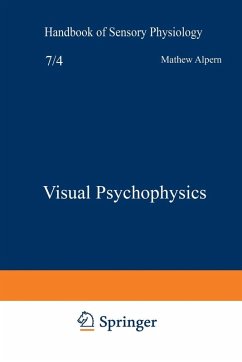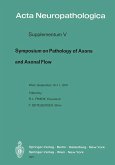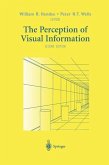This volume on Visual Psychophysics documents the current status of research aimed toward understanding the intricacies of the visual mechanism and its laws of operation in intact human perceivers. As can be seen from the list of contributors, the problems of vision engage the interest and experimental ingenuity of investi gators from a variety of disciplines. Thus we find authors affiliated with depart ments of biology, medical and physiological physics, ophthalmology, physics, physiology and anatomy, psychology, laboratories of neurophysiology, medical clinics, schools of optometry, visual and othcr types of research institutes. A continuing interplay between psychophysical studies and physiological work is everywhere evident. As more information about the physiological basis of vision accumulates, and new studies and analyses of receptor photochemistry and the neurophysiology of retina and brain appear, psychophysical studies of the intact organism become more sharply focused, sometimes more complex, and often more specialized. Technological advances have increased the variety and precision of the stimulus controls, and advances in measurement techniques have reopened old problems and stimulated the investigation of new ones. In some cases, new concepts are being drawn in to help further our under standing of the laws by which the visual mechanism operates; in other cases, ideas enunciated long ago have been reevaluated, developed more fully, and reified in terms of converging evidence from both psychophysical experiments and unit recordings from visual cells.
Dieser Download kann aus rechtlichen Gründen nur mit Rechnungsadresse in A, B, BG, CY, CZ, D, DK, EW, E, FIN, F, GR, HR, H, IRL, I, LT, L, LR, M, NL, PL, P, R, S, SLO, SK ausgeliefert werden.









